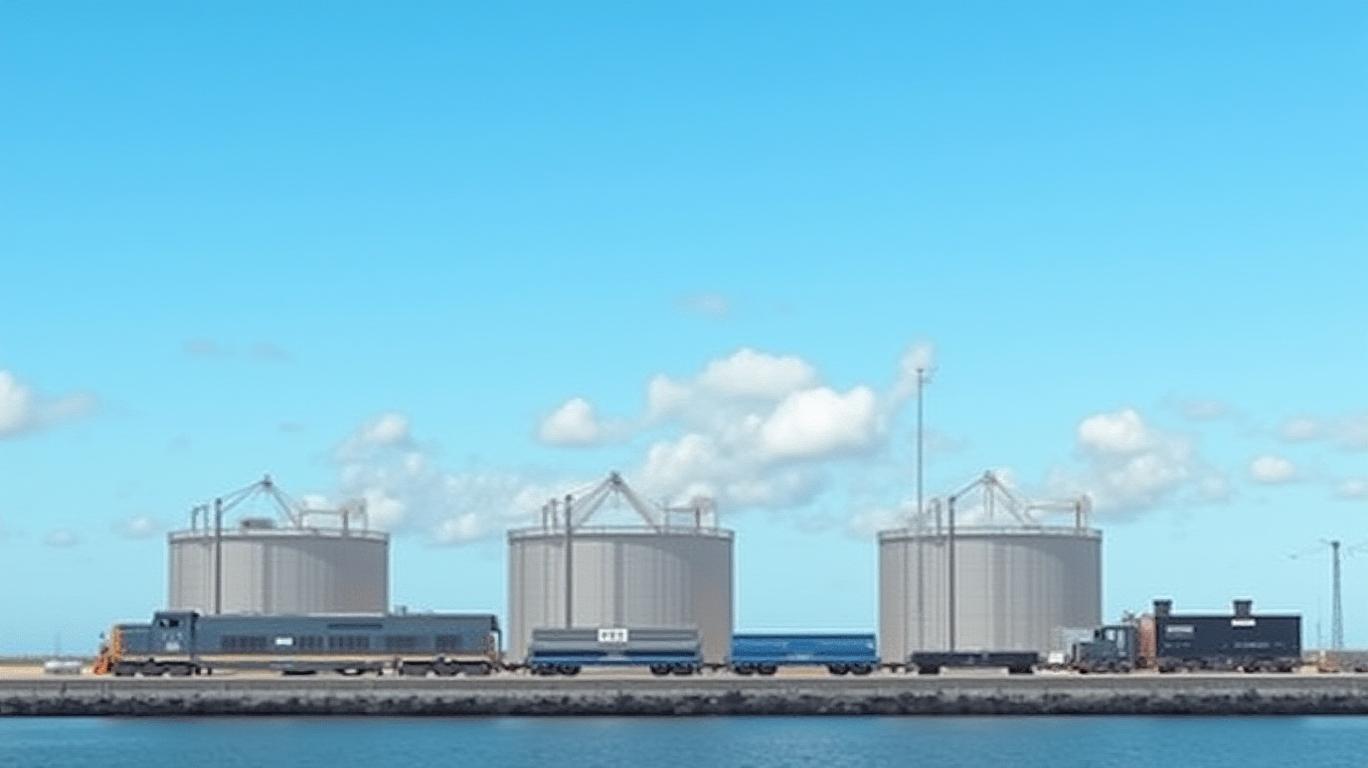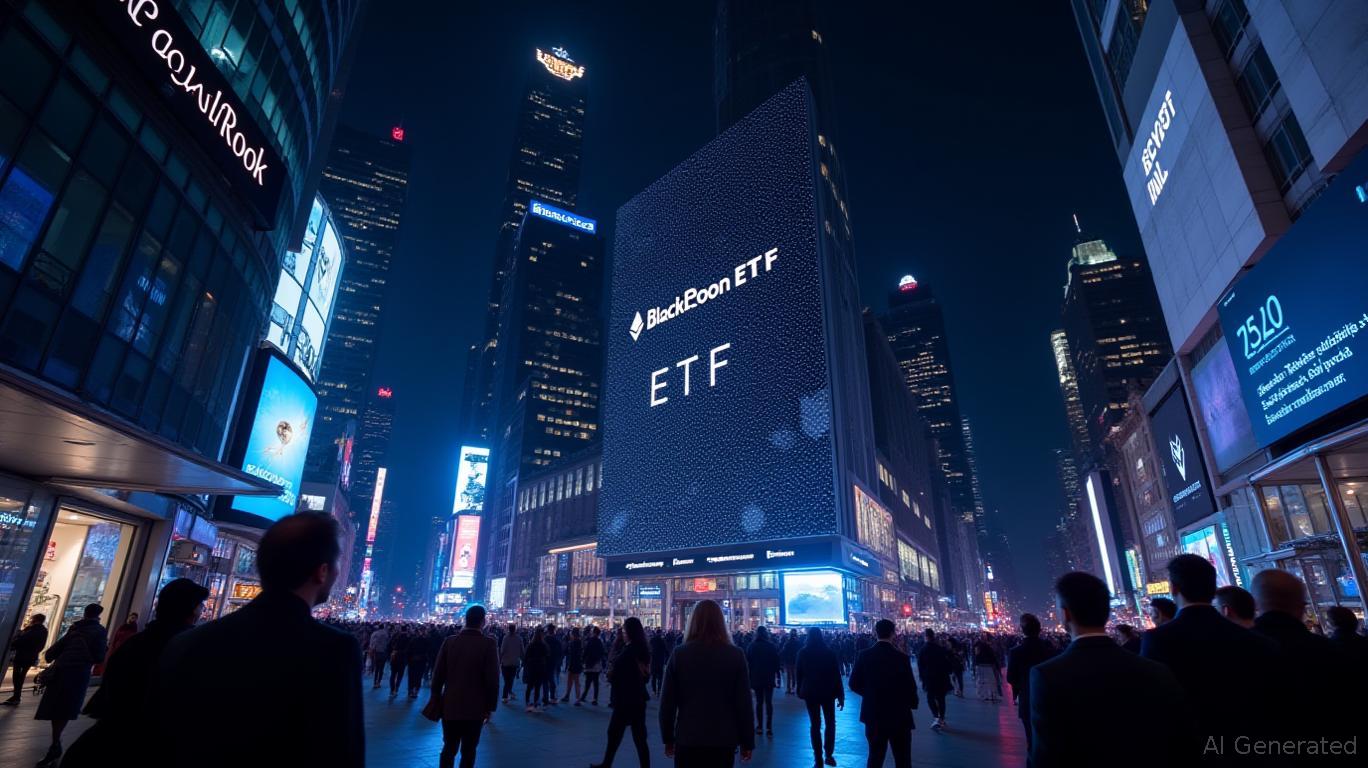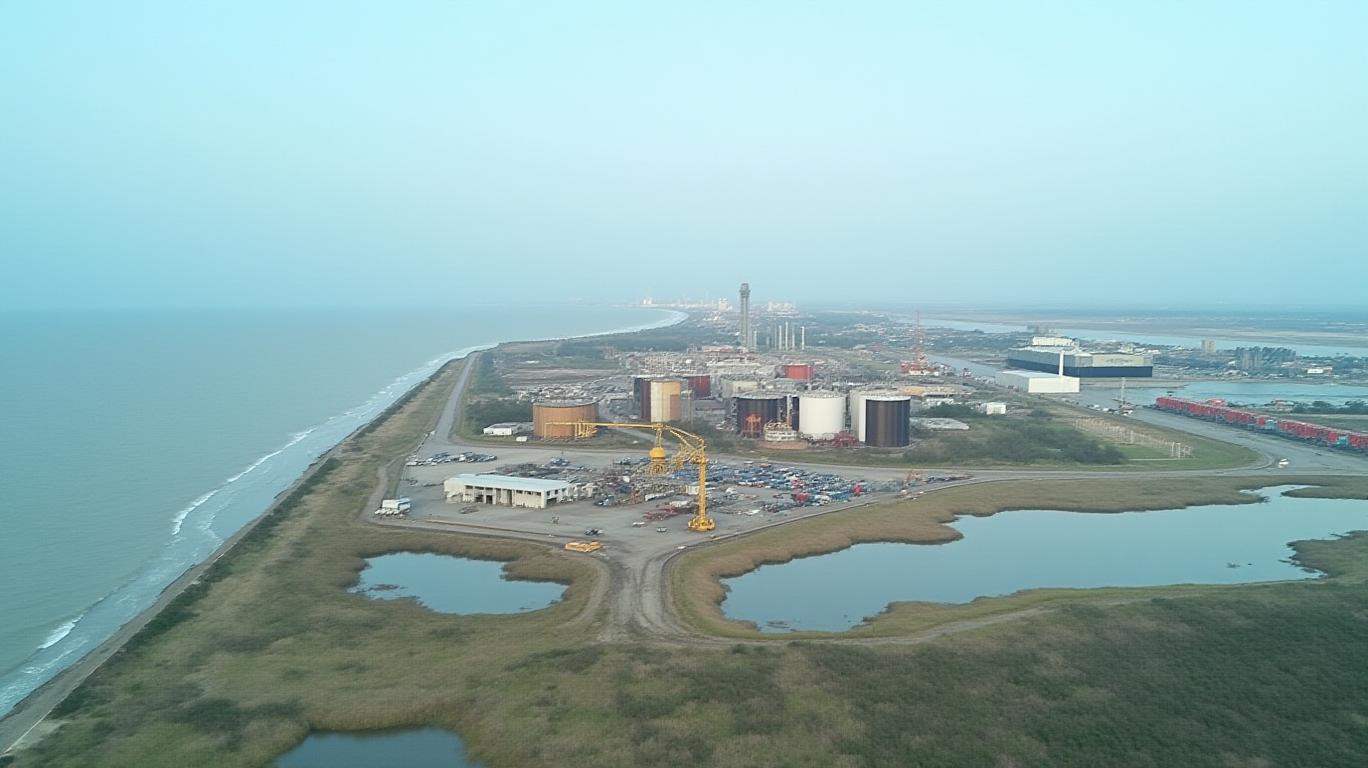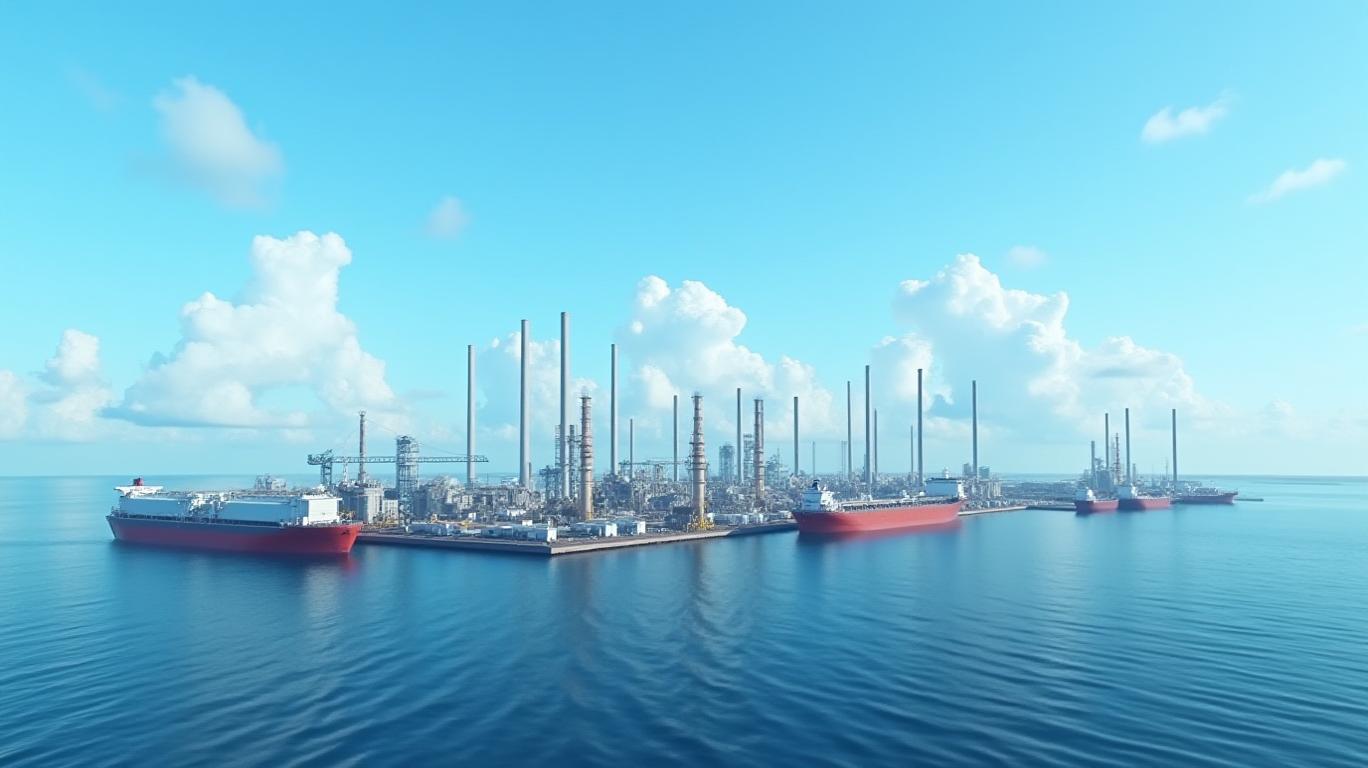Freeport LNG's Return: A Game-Changer for Energy Markets?
The Freeport LNG export terminal in Texas—capable of processing 2.1 billion cubic feet of natural gas daily—has been a lightning rod for energy market volatility. After a months-long outage caused by a power feed disruption, the plant is now poised to resume operations this week, according to LSEG data. For investors, this moment could be a golden opportunity—or a ticking time bomb. Let’s break it down.
Ask Aime: What's the impact of Freeport LNG's imminent restart on the US stock market and energy sector?

The Immediate Impact: A Rollercoaster Ride?
When Freeport shut down in May 2023, U.S. natural gas prices dropped 3% as demand evaporated, while European gas prices spiked due to reduced LNG supplies. But when the plant restarted just days later, U.S. prices bounced back by 4%, illustrating its outsize influence on markets. This time, traders are better prepared: Freeport’s return is widely anticipated.
Key Takeaway: Predictable resumptions = smaller swings. Analysts expect a modest U.S. price dip (2-3%) as Freeport’s demand resumes, but nothing like the chaos of 2022, when a surprise outage sent prices soaring.
Why This Restart Isn’t Like 2022
The 2022 outage caused a historic spike in U.S. gas prices—not because of Freeport alone, but because of coal shortages and Russia’s invasion of Ukraine. Today, the landscape is different:
- U.S. production is booming. Since 2016, gas output has surged by 31 Bcf/d, far outpacing LNG export growth.
- Long-term contracts rule. Freeport’s customers (e.g., European utilities) locked in supply years ago, so the market has already priced in its return.
- Europe’s gas storage is healthier. After a brutal winter, storage levels are now near 60%, down from 90% in 2023 but less panic-inducing than 2022’s 25%.
The Global Chessboard: Winners and Losers
Winners:
- Freeport’s owners: Enterprise Products Partners (EPD) and Dominion Energy (D) stand to gain as the plant resumes its $1 billion/year revenue stream.
- European consumers: More LNG from Freeport could ease supply tightness, potentially pushing TTF (European benchmark) prices down 10-15% in the short term.
Losers:
- Coal stocks: If U.S. gas stays cheap, utilities might burn less coal, hurting companies like Peabody Energy (BTU).
- Russian gas exporters: Europe’s reduced reliance on Russian piped gas could worsen if Freeport’s LNG flows fill the gap.
D, EPD Closing Price
The Wild Cards
Don’t bet the farm on smooth sailing. Three risks could upend the script:
1. Power grid reliability: Freeport’s electric motors are vulnerable to storms. A repeat of May 2023’s outage would send prices into chaos.
2. Global demand shock: If China’s LNG imports crater or Europe faces a harsh winter, Freeport’s return might not be enough to stabilize prices.
3. Policy overreach: The Biden administration’s threat to freeze LNG exports—though unlikely—could spook investors.
Ask Aime: "Will Freeport LNG's restart stabilize U.S. gas prices?"
The Bottom Line: Buy the Dip, but Keep an Eye on the Horizon
The data is clear: Freeport’s resumption is a net positive for energy markets. U.S. gas prices are likely to stay near their 35-year lows, while European buyers gain breathing room. For investors, this is a buy the dip moment—especially in EPD and D.
But don’t ignore the risks. If geopolitical tensions (e.g., Ukraine) or weather disrupt Freeport’s operations, prices could swing wildly.
Final Call:
- Bullish? Add EPD or D to your portfolio. Their valuations are cheap: EPD trades at 10x EBITDA, D at 8x.
- Bears? Short coal stocks like BTU or bet on volatility via the VIX.
The Freeport restart is a milestone—but energy markets are still a high-stakes game. Stay nimble, and keep an eye on that Texas terminal!
Conclusion
The Freeport LNG restart is a pivotal moment. With U.S. gas prices averaging $2.54/MMBtu in 2023—the second-lowest since 1986—and production poised to meet demand, the market’s foundation is strong. However, the path forward hinges on avoiding operational snafus and external shocks. For now, this is a BUY for energy investors—just don’t let your guard down.



_23f7f7eb1749627884277.png)






